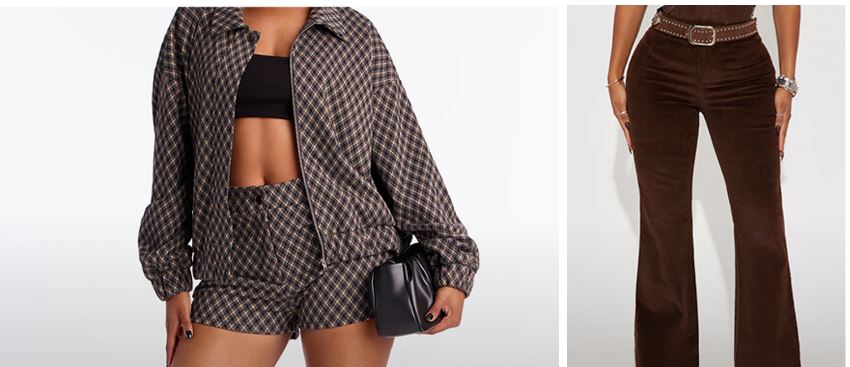
In addition to being a financial settlement, Fashion Nova’s $5.15 million accessibility settlement marks a turning point in the way that digital inclusion influences contemporary retail. The experiences of blind customers who found the fast-fashion brand’s website frustratingly inaccessible were brought to light by the case, which was spearheaded by plaintiff Juan Alcazar. The website’s broken links and missing descriptions prevented customers who used screen readers to browse and make purchases, much like a locked store door that never opened.
By transforming viral trends into reasonably priced clothing, Fashion Nova has amassed an empire over the last ten years. It became a pop culture phenomenon thanks to its social media presence, which was boosted by celebrities like Cardi B and Megan Thee Stallion. However, beneath that glistening exterior, a silent clientele remained. When blind users tried to use the website, they encountered remarkably persistent problems, such as menus that didn’t make sense with assistive technology, empty buttons, and unlabeled images.
| Key Facts | Details |
|---|---|
| Case Name | Alcazar v. Fashion Nova, Inc. |
| Settlement Amount | $5,150,000 |
| Eligible Members | Legally blind individuals who accessed Fashion Nova’s site using screen readers between February 26, 2018 – present |
| Individual Payout | Up to $4,000 per California household |
| Claim Deadline | October 20, 2025 |
| Final Approval Hearing | February 12, 2026, U.S. District Court, Northern District of California |
| Residual Funds | To be donated to the American Foundation for the Blind |
Alcazar and his lawyers pushed for accountability by using legal advocacy. According to their lawsuit, Fashion Nova’s website violated California’s Unruh Civil Rights Act, which permits damages of up to $4,000 per violation, as well as the Americans with Disabilities Act. This amount is clearly reflected in the settlement’s structure, which allows each qualified Californian claimant to receive up to that sum, with final payments contingent on the number of legitimate claims submitted.
This case is especially novel because it combines consumer equity and accessibility. Digital inclusion was viewed as a secondary problem that would be addressed “later” for far too long. The lawsuit made it abundantly evident that accessibility is a civil right rather than a technical advancement. By consenting to compensate damages and enhance the usability of its website, Fashion Nova recognized that inclusivity needs to be applied to all online stores, not just physical ones.
A nationwide class and a California subclass were created by the settlement, which was accepted by a federal court in California. Although the entire case emphasizes the larger message of equality, only the California claimants are eligible for financial relief. The American Foundation for the Blind will receive any unclaimed money, guaranteeing that the case will help the larger community of people with visual impairments.
Barriers to accessibility became especially detrimental during the pandemic, when millions of people started shopping online by default. A large number of people with visual impairments relied on digital platforms to obtain necessities. In addition to being inconvenient, the exclusion became extremely isolating when websites such as Fashion Nova stopped working with screen readers. The settlement has a human weight that goes beyond business figures because of that emotional impact.
According to Fashion Nova’s statement, it acknowledged no misconduct, which is a common provision in these kinds of contracts. However, the brand subtly acknowledges the need for change by agreeing to redesign its website. The implementation of coding reforms in line with the Web Content Accessibility Guidelines (WCAG), which establish global standards for digital usability, is anticipated by Fashion Nova in the upcoming months, according to accessibility experts. When implemented properly, these enhancements can significantly increase a website’s usability for users of all skill levels.
The case is part of an expanding trend of lawsuits pertaining to digital accessibility that have subtly changed the retail and technology sectors. Similar lawsuits have been filed against businesses like Domino’s, Target, and even Beyoncé’s team. When taken as a whole, these cases make it abundantly evident that having access to digital information is mandatory. Inclusion is now just as important for brands that rely on online interaction as design or marketing.
According to experts, legal pressure has been especially helpful in hastening accessibility improvements. Despite their adversarial appearance, lawsuits frequently result in systemic changes that would otherwise take years. The expenses in Fashion Nova’s case are much lower than the possible losses in the event that the case had gone to trial. $5.15 million is a financial setback for a brand that makes over $1 billion a year, but it also presents an opportunity to restore public confidence.
It’s interesting to note that Fashion Nova has previously come under federal scrutiny. The company was previously fined $4.2 million by the FTC for hiding unfavorable product reviews, which it described as a dishonest practice that deceived customers. When combined, these settlements reveal a trend: for large-scale brands, transparency, equity, and accountability are unavoidable characteristics.
This case is a very similar cautionary tale for e-commerce startups in their early stages. Ignoring accessibility can have negative financial and reputational effects. Once considered an afterthought, accessibility compliance is now a defining characteristic of moral business practices. Businesses can produce user-friendly and legally sound experiences by incorporating inclusive design principles early on, such as logical navigation and descriptive alt text.
There are significant societal ramifications. Disability rights organizations have demonstrated through strategic advocacy that, when combined with empathy, technology can be a force for equity. Good design is the key to accessibility; it’s not charity. Other brands have audited their digital spaces as a result of the Fashion Nova settlement, which has significantly increased public awareness. Such measures are especially helpful for older populations, users with cognitive impairments, and blind consumers.
After years of exclusion, this victory is a source of validation for people like Alcazar. It recognizes the worth of independent shopping, an activity that seems straightforward but becomes difficult when there are technological obstacles. Like other accessibility advocates, his tenacity is indicative of a larger trend toward more equitable online experiences.
Fashion Nova can turn this legal setback into a model of corporate evolution by working with accessibility experts. Whether this is a short-term fix or a long-term norm will depend on what the company does next. These changes have the potential to produce a very successful model for other fashion retailers if they are executed correctly.
In today’s business environment, where almost all transactions take place online, being inclusive has turned into a competitive advantage. Accessible brands convey social awareness and emotional intelligence, two traits that appeal to younger customers looking for genuineness. It’s no accident that businesses that show empathy through their actions rather than their advertisements are the most admired.
This case might go down as a watershed in the history of the fashion industry—a time when moral responsibility and aesthetics collided. Although the $5.15 million settlement might appear to be a formality, its effects are felt outside of courtrooms. It pushes companies to consider a more compassionate digital experience rather than just design fads.
